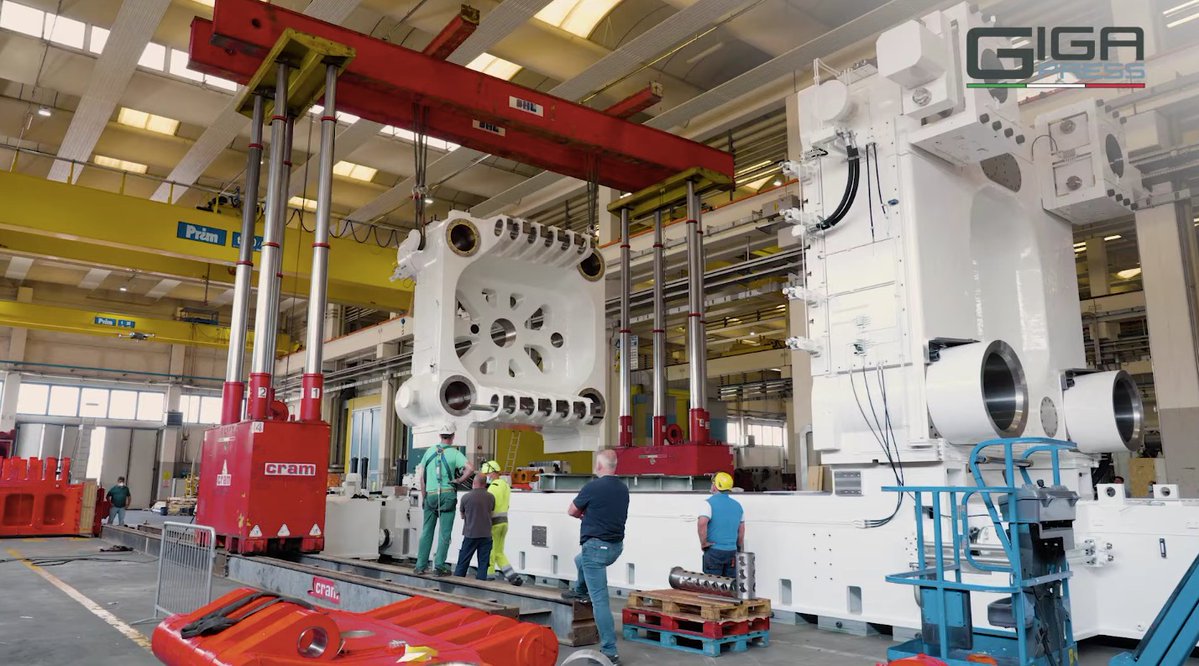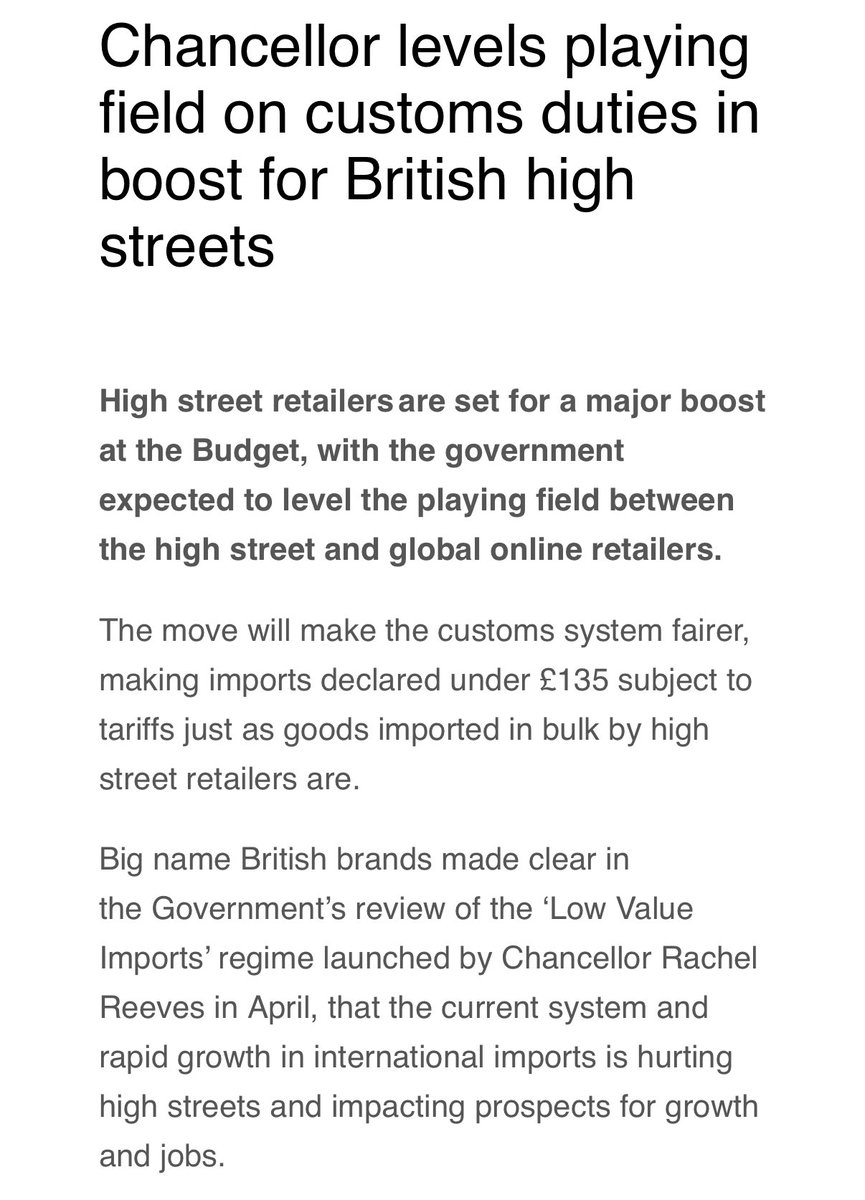I really REALLY didn’t want to have to do another Covid thread. Really. But given the numbers are on the rise - along with the inevitable hot takes (we’re heading for disaster! The vaccines aren’t working!), I’m dipping my toe back in the waters. Hopefully not for long. 🧵
Let’s start with this chart. You’ve prob seen it elsewhere. This Scary Chart shows that the UK’s COVID situation looks UNIQUELY terrible. Just look at that red line compared with other countries! 

But that chart 👆misses out the most important bit of context: for better or worse the UK is doing far more Covid testing than almost any other country (first chart here). Put those two datapoints together to see positive tests as a % of total and UK situation looks less dramatic 



In broad terms, UK prevalence is certainly rising. Certainly higher than in much of Europe. But it’s nowhere near as dramatic as that initial chart implies. Similar thing for hospitalisations, where the real outlier is the US. UK def on the rise though. 

Much the same story for deaths. Rising above much of Europe, but NB UK was well below the rest most of summer.
The point is not to diminish these deaths. They are on the rise and that’s significant.
But there’s no point in scary charts that misrepresent the scale of the issue.
The point is not to diminish these deaths. They are on the rise and that’s significant.
But there’s no point in scary charts that misrepresent the scale of the issue.

OK that’s enough cross-country comparisons. How is the situation in the UK re cases, admissions and deaths? These charts tell some of that story. In short, the vaccines seem to be doing their job. Back in the late 2020 wave, look how correlated those lines were. Not any more. 



I say the “vaccines are working”. But hang on: in that case why are even more vaccinated people dying of COVID now than unvaccinated people?
The answer comes back to CONTEXT, which is all-important here. Consider the latest data from English hospitals… assets.publishing.service.gov.uk/government/upl…
The answer comes back to CONTEXT, which is all-important here. Consider the latest data from English hospitals… assets.publishing.service.gov.uk/government/upl…
In the most recent period (13 Sept - 10 Oct) there were 2,805 Covid deaths in this database.
2,136 of them were fully-vaccinated.
Only 557 of were unvaccinated people (NB by unvaccinated I mean no doses at all).
Easy to assume from that the vaccines aren’t working. But hold on
2,136 of them were fully-vaccinated.
Only 557 of were unvaccinated people (NB by unvaccinated I mean no doses at all).
Easy to assume from that the vaccines aren’t working. But hold on

Let’s deal with the most important function of vaccines: to reduce the likelihood of death. Are they doing that?
To find that out we need to check these numbers against two important bits of context: vs age and vs total caseload. In short, to work out a crude case fatality rate
To find that out we need to check these numbers against two important bits of context: vs age and vs total caseload. In short, to work out a crude case fatality rate
The point here is we want to compare like with like. Age groups with age groups. Because, as we all know, covid mortality is very age-dependent.
So first let's break down those 2,805 deaths by age. And unsurprisingly the vast majority (2,486) are among those aged over-60.
So first let's break down those 2,805 deaths by age. And unsurprisingly the vast majority (2,486) are among those aged over-60.

Now let’s take those 2,486 Covid deaths among over-60s and check the percentage who are double vaccinated: 80%. Very high. But lower than the% of this age group which is double vaccinated.
We can’t get a CFR, crude or otherwise, without comparing those deaths to the total number of cases among that age group: 72,063 (so high I needed to shrink the deaths bar so they’re in proper proportion).
88% of those cases were vaccinated.
88% vs 80%. Not much difference. But…
88% of those cases were vaccinated.
88% vs 80%. Not much difference. But…
Now let's do the final bit necessary to come up with a CFR and work out what percentage of those cases - vaccinated and unvaccinated respectively.
So we divide the small bits by the big bits...
So we divide the small bits by the big bits...
And here's what you end up with.
Among over-60s, the percentage of these FULLY VACCINATED covid cases (63,767) who go on to die is 3.2%.
Among the same age group, the percentage of UNVACCINATED (2,691) cases who went on to die was 14.3%.
Among over-60s, the percentage of these FULLY VACCINATED covid cases (63,767) who go on to die is 3.2%.
Among the same age group, the percentage of UNVACCINATED (2,691) cases who went on to die was 14.3%.

I suppose the overarching point is to be a bit wary of scary numbers - from all sides.
There is certainly reason for caution and concern re Covid right now. And it's certainly right to scrutinise whether the vaccines are doing the job.
But CONTEXT MATTERS!
There is certainly reason for caution and concern re Covid right now. And it's certainly right to scrutinise whether the vaccines are doing the job.
But CONTEXT MATTERS!
Oh and let me know if those animated charts are helpful or just annoying. Something of an experiment. Full video explainer of all this with me prancing around in front of the big screen is on @skynews tonight so, if you aren't already, tune in!
Finally here’s crude case fatality rates by age and vaccination status for all age groups.
As the name suggests, these are crude: for a proper CFR you’d want to tie cases to deaths, while this is more of a snapshot over a period.
But it’s about the best real world data we have.
As the name suggests, these are crude: for a proper CFR you’d want to tie cases to deaths, while this is more of a snapshot over a period.
But it’s about the best real world data we have.

• • •
Missing some Tweet in this thread? You can try to
force a refresh














